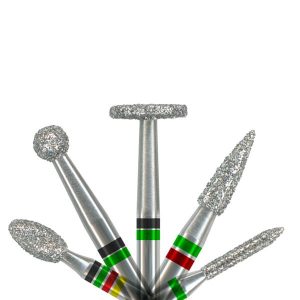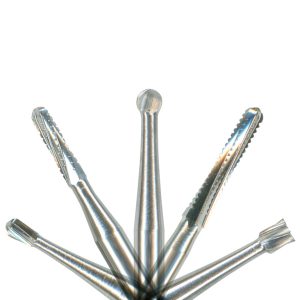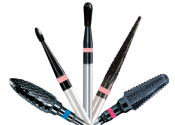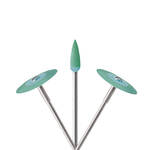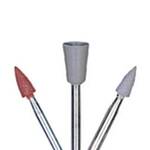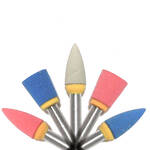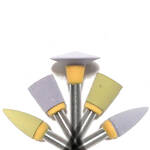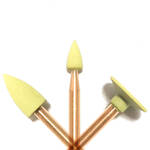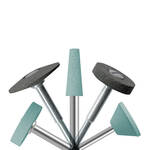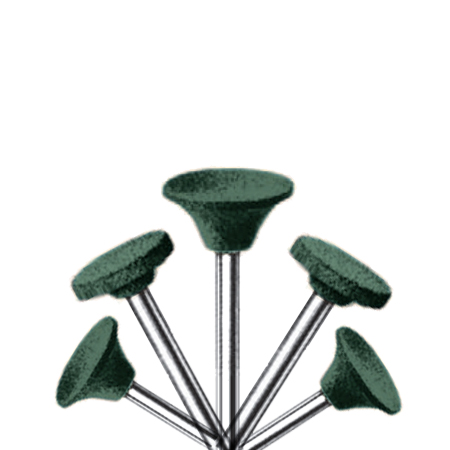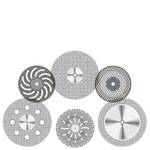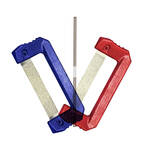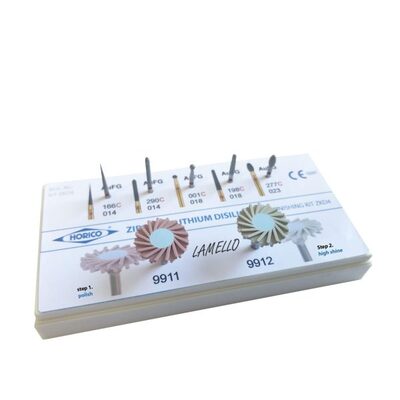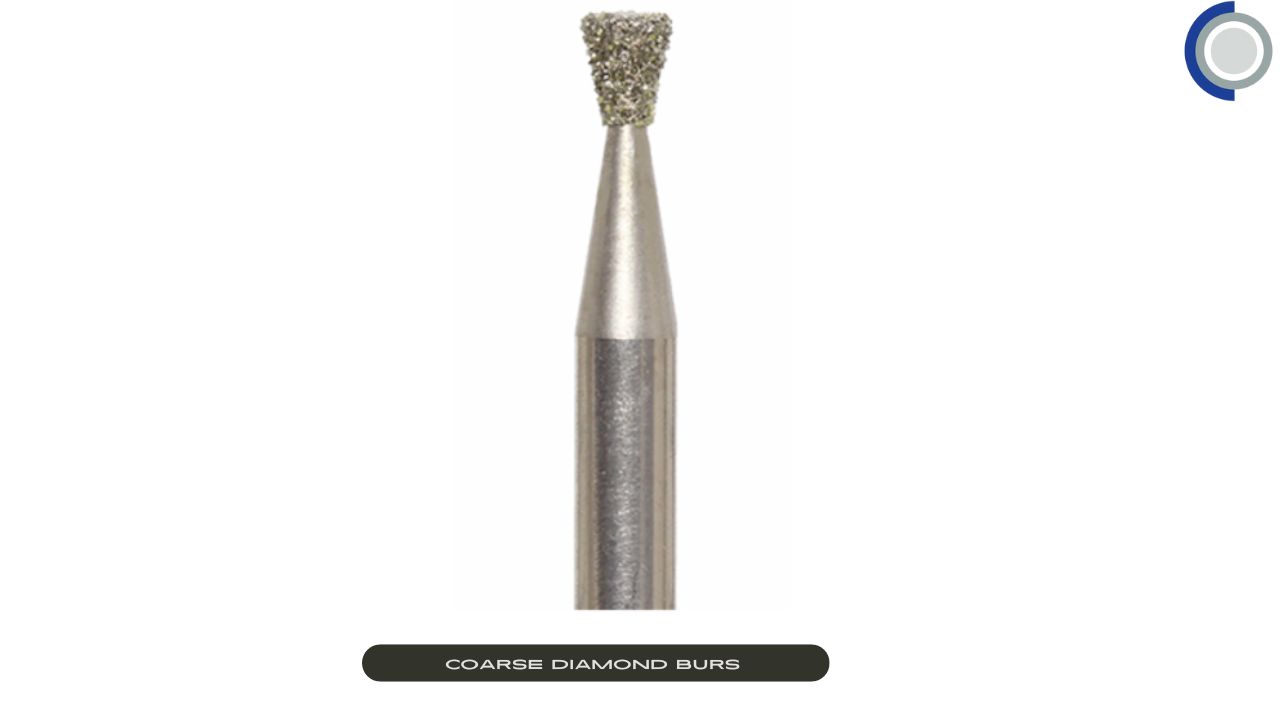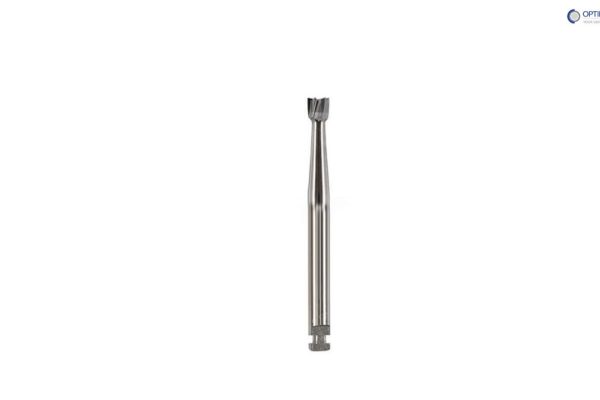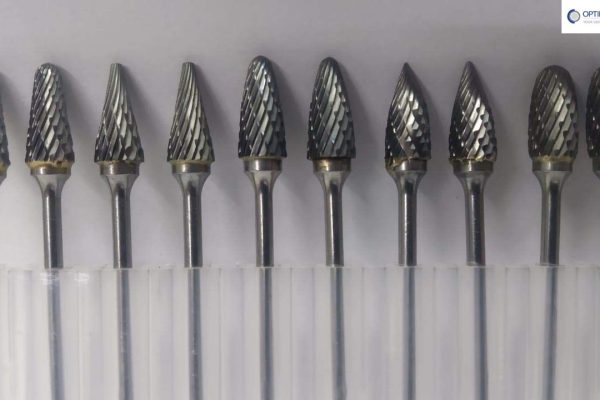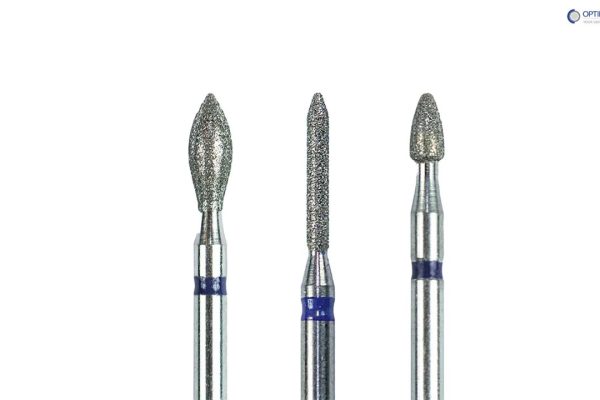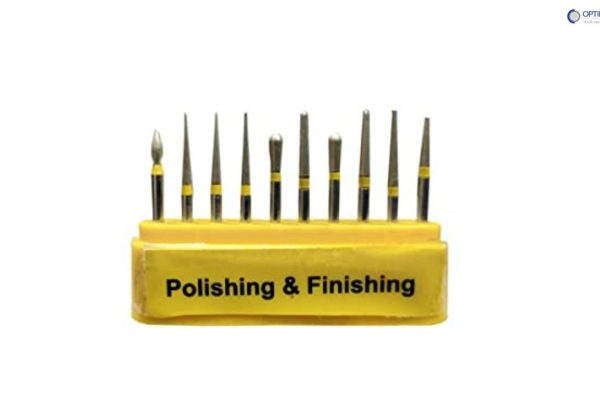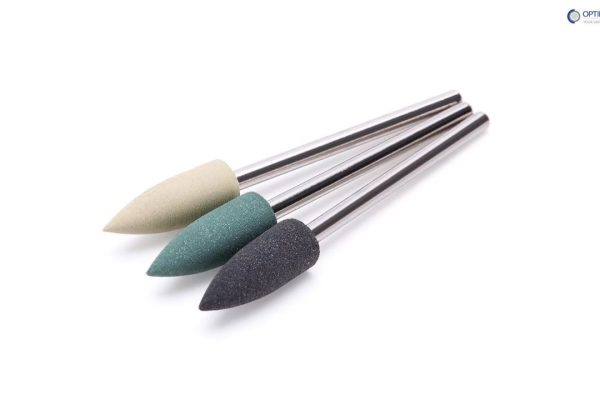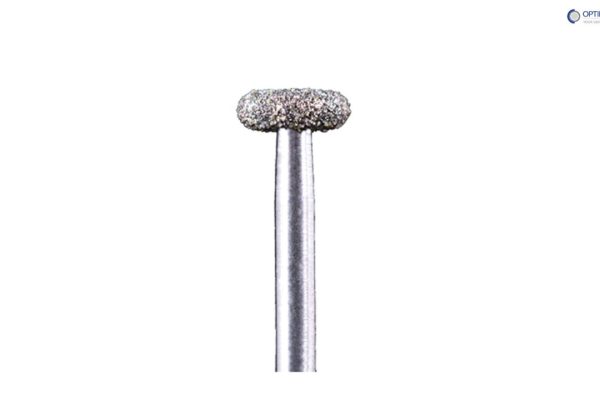Dental Burs Care and Maintenance: Keep Your Tools Sharp and Ready!
When it comes to dental procedures, precision is one of the top priorities, followed by hygiene and more.
Dental burs are the unsung heroes of modern dentistry, helping professionals deliver flawless results. But these tiny, hardworking tools won’t last forever unless you give them the maintenance they deserve. The correct way of dental burs usage also matters.
Proper dental burs maintenance and care isn’t just about cleanliness; it’s about preserving performance, extending lifespan, and ultimately saving money.
Whether you’re a seasoned dentist or new to the trade, here’s everything you need to know about maintaining dental burs.
Step-by-Step Guide to Dental Burs Care and Maintenance
Step-by-Step Guide to Cleaning Dental Burs
1. Immediate Rinse After Use
After every procedure, dental burs should be rinsed immediately to prevent the buildup of debris and bioburden. Failure to do so may result in hard-to-remove deposits that can compromise their performance.
Here’s how to do it:
- Use a sterile saline or distilled water solution.
- Employ a soft brush to gently remove visible debris, taking care not to damage the cutting edges.
2. Ultrasonic Cleaning
Ultrasonic cleaners are highly effective for thoroughly cleaning dental burs. They can reach small crevices where manual cleaning may fall short.
Here’s how to do it:
- Preparation: Place burs in a perforated cassette to prevent them from rubbing against one another, reducing wear and tear.
- Solution: Use a specially formulated cleaning solution designed for dental instruments. Avoid acidic or abrasive cleaners that may corrode the material.
- Cycle: Follow manufacturer recommendations for the cleaning duration, typically around 5–10 minutes.
Sterilization Best Practices for Dental Burs
1. Autoclaving
Autoclaving is the most effective method for sterilizing dental burs. It eliminates microorganisms, including resistant spores.
- Preparation: Ensure burs are completely dry before autoclaving to prevent corrosion.
- Packaging: Use sterilization pouches or cassettes to maintain sterility after the cycle is complete.
- Settings: Follow the recommended temperature and pressure settings, generally 121°C–134°C for 15–30 minutes.
2. Avoid Overloading the Sterilizer
Sterilization is important after dental burs usage. However, overcrowding the sterilizer can impede proper heat and steam circulation, leading to incomplete sterilization. Arrange instruments in a single layer whenever possible.
Handling and Inspection Tips for Dental Burs
1. Inspect Regularly for Damage
Frequent use can lead to wear and damage. Inspect burs for the following:
- Dullness or worn cutting edges.
- Chips or fractures in diamond coatings.
- Bends or warping in the shank.
Replace burs that show any signs of damage, as using compromised instruments may result in inefficient performance or even harm to patients.
2. Handle with Care
Improper handling is a common cause of damage to dental burs. Avoid dropping them, as the impact can weaken their structural integrity. Always use instrument trays with padding.
Proper Storage for Dental Burs
1. Use Designated Storage Solutions
Dental burs should be stored in dedicated, labeled bur blocks or holders. These solutions help:
- Prevent accidental damage.
- Keep burs organized for easy identification and access.
- Reduce the risk of contamination.
2. Maintain a Dry Environment
Moisture is a leading cause of corrosion and rust. After dental burs usage, store them in a dry environment and ensure they are completely dry before storage. Consider using silica gel packets in storage areas to minimize humidity.
Tips for Maximizing the Longevity of Dental Burs
1. Rotate Your Inventory
Regularly rotating burs prevents overuse of specific ones and distributes wear evenly across your inventory.
2. Match Burs to Their Intended Use
Using the correct bur for the task at hand minimizes unnecessary strain to you as well as the instrument itself. For instance:
- Diamond burs are ideal for cutting hard surfaces like enamel.
- Carbide burs excel at precision work and shaping softer materials.
3. Avoid Overheating During Use
Excessive friction can cause overheating, leading to bur damage and reduced performance. Ensure proper cooling by using water spray during procedures.
Common Mistakes to Avoid
Caring for dental burs might seem straightforward, but a few common missteps can significantly impact their performance and lifespan.
Here are some common mistakes and their solutions:
1. Overloading the Ultrasonic CleanerImagine stuffing a dishwasher to the brim, only to find half-cleaned dishes when the cycle ends. The same principle applies to ultrasonic cleaners. Overloading with too many burs reduces the machine’s effectiveness, leaving debris in tiny crevices. Clean fewer burs at a time for thorough results.
2. Ignoring Signs of WearUsing a chipped or dull bur? It’s not just inefficient—it’s risky. Worn-out burs can compromise precision and even harm surrounding tissues. Regularly inspect your tools for visible damage or reduced cutting efficiency, and replace them as needed.
3. Skipping Manufacturer Guidelines
Dental burs are not one-size-fits-all. Each type has specific care requirements, from cleaning solutions to sterilization methods. Failing to follow these guidelines is like trying to assemble furniture without instructions—it won’t end well! Always read the manufacturer’s recommendations for optimal results.
By avoiding these common mistakes, you’ll ensure your dental burs remain sharp, safe, and ready to perform when you need them most.
Maintaining dental burs in peak condition is essential for ensuring precision, efficiency, and patient safety. By following these comprehensive care and dental burs maintenance guidelines, dental professionals can extend the life of their burs, enhance practice efficiency, and uphold high standards of care.
Proper cleaning, sterilization, handling, and storage are the cornerstones of effective dental bur maintenance, ensuring that these critical tools continue to deliver reliable performance.
We hope you enjoyed reading our blog and found it informative! If you did, please share it with your friends and colleagues who might benefit from this knowledge.
Don’t forget to explore more of our insightful blogs on dental tools and techniques:
- The Uses of Inverted Cone Burs
- Diamond Burs: Everything You Need to Know
- Abutments for Dental Implants
FAQs
1. How often should I clean and sterilize my dental burs?
You should clean your tools after every time it’s used! Cleaning and sterilization are critical for both performance and safety.
2. Can I use ultrasonic cleaners for dental burs?
Yes, but only if the burs are labeled as ultrasonic-safe. Make sure to follow the manufacturer’s recommendations.
3. What’s the best way to dry dental burs after cleaning?
Air-drying is highly recommended. However, the quickest way is to use a lint-free cloth; avoid vigorous rubbing that could damage the bur.
4. How long do dental burs typically last?
This depends on the material and frequency of use. Carbide burs last longer than steel, but even the best ones need replacing after extensive use. Promptly replace when you notice wear and tear for successful dental procedures and the patient’s comfort.
Optimu Rotary is a top dental rotary instruments provider in the U.S. The reliable brand offers high-quality, genuine Horico® dental rotary instruments, including burs, at exclusive prices.
The trusted store helps you buy rotary instruments online, from the comfort of your home, and offers free shipping on online orders. Choose from a wide range of dental supplies and surgical instruments to suit your needs.

